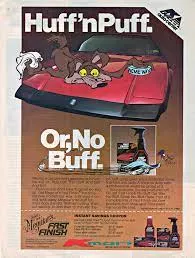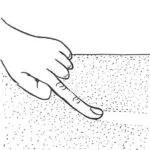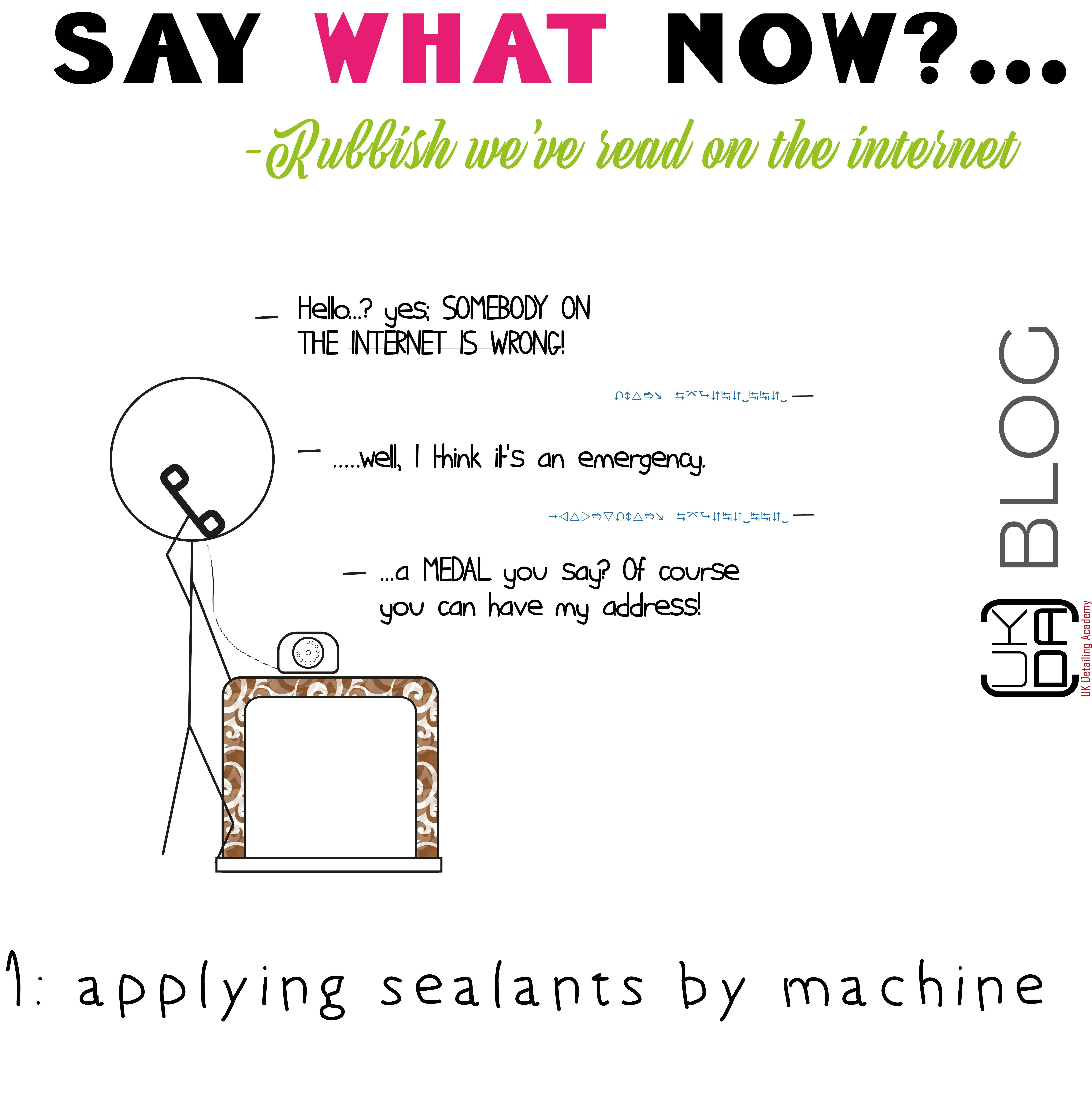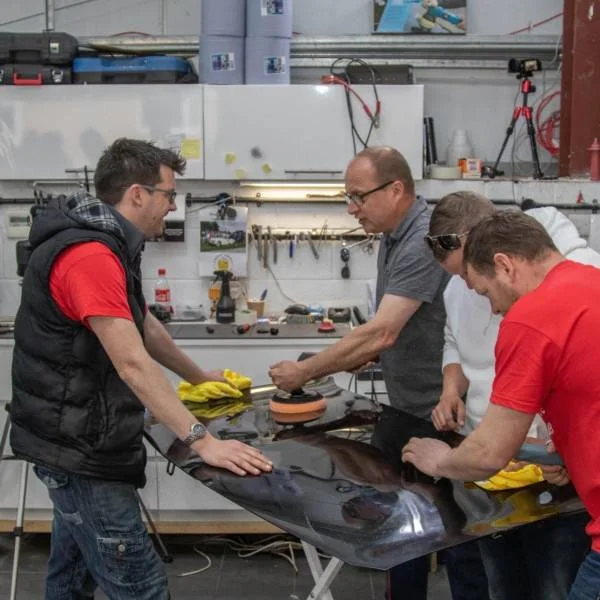Hand-finish Sir?
“You’ve got to apply it by hand, or… it’s cheating?”
Wait… Why shouldn’t you apply a sealant by machine??!
You will forgive this slightly reactive missive…
In response to a post seen recently, where several opinions were offered on the topic of applying sealants/waxes by machine I felt the burning desire to set the record straight somewhat.
The bare bones of the matter are that a machine polisher is a labour-saving device. It facilitates your work and removes the need for countless hours of hand-polishing –rubbing your will to live away against the surface of a car… So why wouldn’t you use it to spread an LSP, negating the literal elbow grease? Which can become awfully messy if it leaks…

As with everything, there are cases both for and against, but whilst the cons are easily manageable the pros are considerable:
 1. No rotaries.
1. No rotaries.
Assuming you aren’t a psychopath then this is not really any place for a rotary as the greater heat induced by direct-drive movement types could lead to issues, but a free-spinning dual-action machine at low speed is absolutely ideal when combined with a buttery-soft pad. Don’t forget that your pad has a 25% influence on the cut/gloss of your finish, so limiting your spreading activities to a dedicated, clean, soft, open-cell foam pad that you wouldn’t be afraid of using on your face is also a good starting point.
 2. Easy does it.
2. Easy does it.
Speed plays a part as well. We are only applying a thin layer of product here –there is nothing that needs to be “worked” or broken down involved in the process and the only diminishing thing is your time and effort. So a low speed –maybe not just speed 1 on the dial, but enough to maintain some rotation of the pad against the surface with zero pressure being applied.

3. Keep it clean.
If you are leaving any trails behind, you need to look at your tools. Cleanliness is normally the first culprit when it comes to anything relating to polisher-induced marring when finishing by machine. If your pad has residue from past efforts –clean it. If your cloth appears to be marring your paint –get a clean one. It should go without saying that your surface should be clean and contaminant free…
As for the benefits of machine application.
Beyond the pure time and effort-saving, you will find you use far less product as the machine is able to spread it much thinner and more evenly than you would by hand. This also then translates to less residue to have to remove once the product is cured. Some products may also benefit from the small amount of heat generated by the machine-application process although the tangible benefits of this are probably marginal at best, and would be reserved with the same line of thought that says applying wax with your hands to keep it warm helps with application – true but not absolutely necessary. Many polymer coatings out there though actually require slight heating and working to activate a thermopolymeric reaction, which actually makes the bond stronger for certain sealants!
If you take this away from a car setting and bring in an aircraft or boat, then you can really comprehend why it is a fantastic idea to apply your LSP by machine whenever and wherever you can! As with everything – be sure to RTFL (Read The Factual Label) with any product just to confirm suitability.
I shall climb down from my soapbox and content myself with blissful memories of plucking a nugget of paste wax from a panel pot, transferring it to my pad and merrily spinning it all over the freshly perfected paintwork of a 1955 Chevy without any worries of harming the finish.
TTFN.

 1. No rotaries.
1. No rotaries. 2. Easy does it.
2. Easy does it.
